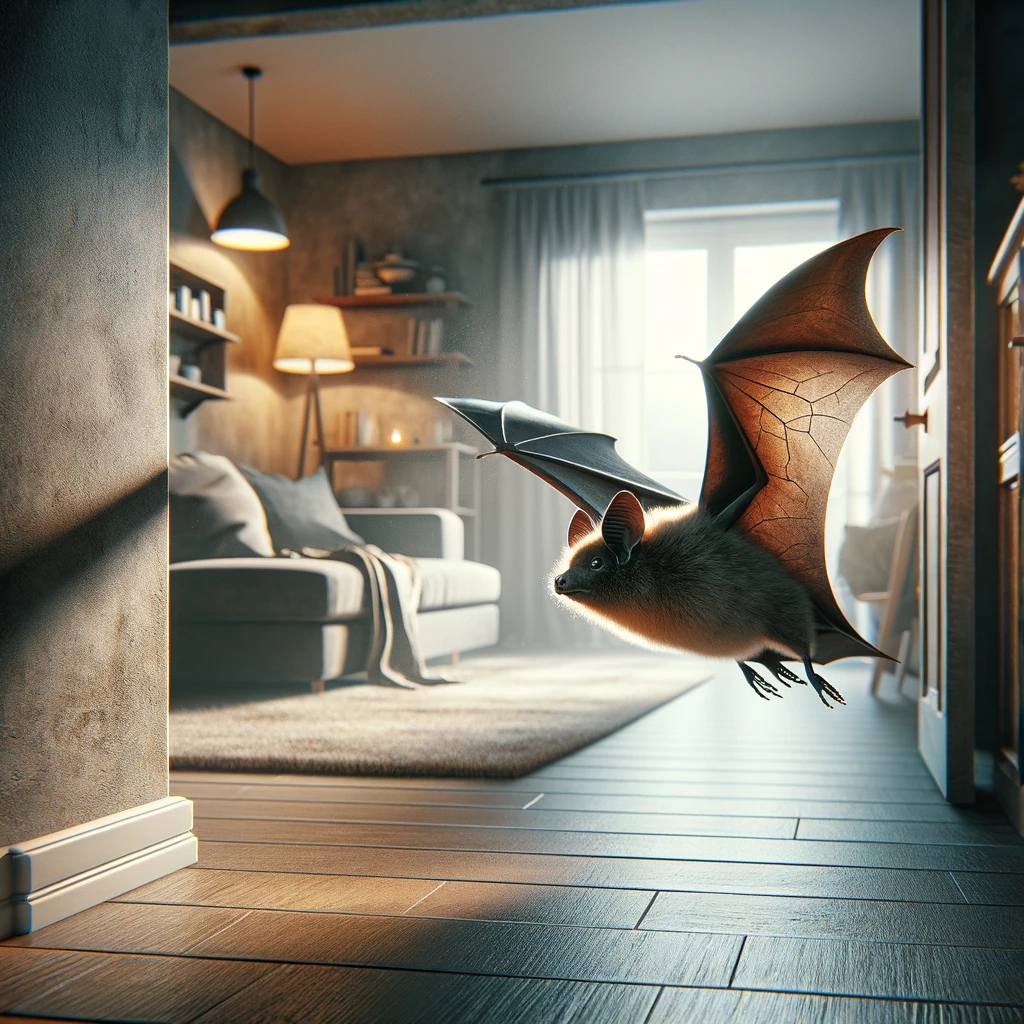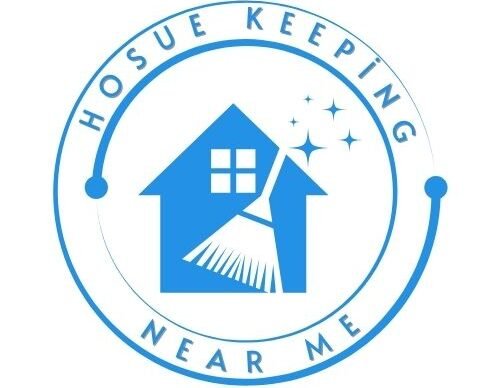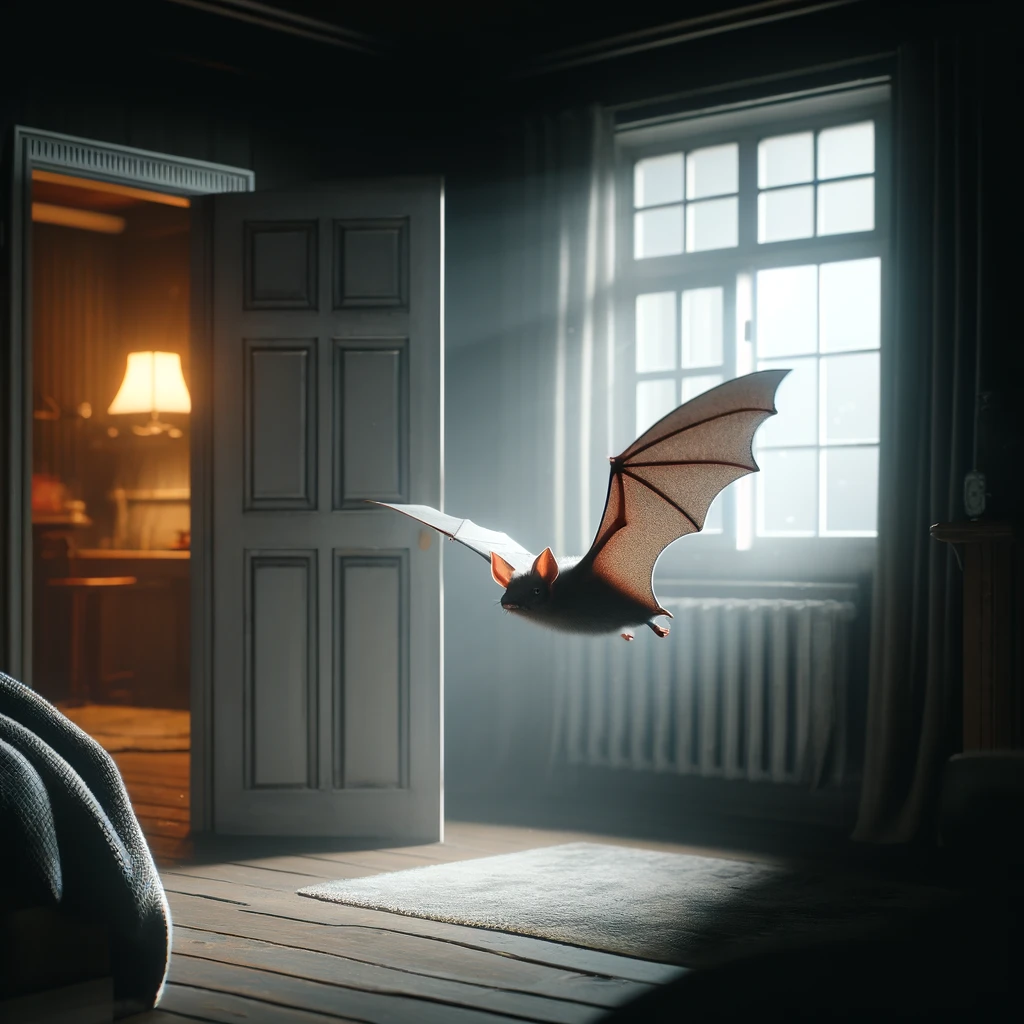Why Do Bats Keep Coming in My House?

Common Reasons Bats Enter Homes
Why do bats keep coming in my house bats often enter homes in search of food, shelter, or suitable roosting sites. They are attracted to insects that might be prevalent around your home, especially during warmer months. Why do bats keep coming in my house additionally, bats seek out dark, quiet areas to roost, such as attics or unused spaces. If there are easy entry points, bats will take advantage of these to find shelter and warmth.
Common Reasons:
- Searching for food (insects)
- Seeking shelter and roosting sites
- Attracted to warmth and quiet spaces
- Easy access through open entry points
Understanding these reasons can help you take steps to prevent bats from entering your home.
Seasonal Behavior of Bats
Bats’ behavior varies with the seasons, influencing why and when they might enter your home.Why do bats keep coming in my house during spring and summer, bats are highly active, hunting for food and sometimes entering homes accidentally.Why do bats keep coming in my house in the fall, they seek out hibernation sites, often leading them to attics or basements. Wintertime might see less activity, but if they find a warm spot, they might settle there until the weather warms up again.
| Season | Bat Activity |
|---|---|
| Spring/Summer | High activity, hunting |
| Fall | Seeking hibernation sites |
| Winter | Less active, seeking warmth |
Knowing these seasonal patterns helps in anticipating and preventing bat intrusions.
How Bats Gain Entry to Your House
Typical Entry Points
Bats can enter homes through various small openings. Common entry points include:
- Chimneys: Uncovered or damaged chimneys provide easy access.
- Attic Vents: Vents without proper screening are frequent entryways.
- Gaps in Siding: Small gaps or cracks in the siding of your home.
- Windows and Doors: Open or poorly sealed windows and doors.
Typical Entry Points:
- Chimneys
- Attic vents
- Gaps in siding
- Windows and doors
Identifying these entry points can help you secure your home against bat entry.
Structural Issues and Gaps
Structural issues and gaps around your home can create entry points for bats.Why do bats keep coming in my house small cracks in the foundation, loose shingles, and gaps around plumbing or electrical entry points are common problems.Why do bats keep coming in my house bats can squeeze through very small openings, so even minor structural issues can lead to significant problems.
Structural Issues:
- Cracks in foundation
- Loose shingles
- Gaps around plumbing/electrical
- Unsealed attic vents
Regular maintenance and inspections can help identify and fix these issues, preventing bats from gaining entry.
Identifying Potential Access Points
To prevent bats from entering your home, it’s crucial to identify and seal potential access points.Why do bats keep coming in my house conduct a thorough inspection of your home, focusing on the roof, eaves, and any existing gaps or holes.Why do bats keep coming in my house use a flashlight to look for light shining through from the inside, indicating possible entry points. Sealing these gaps with caulk or mesh can effectively keep bats out.
| Inspection Focus | Solution |
|---|---|
| Roof and eaves | Seal with caulk/mesh |
| Attic vents | Install proper screening |
| Foundation cracks | Repair and seal |
| Around windows/doors | Ensure proper sealing |
By addressing these areas, you can significantly reduce the chances of bats entering your home.
Signs of a Bat Infestation
Visual Signs
Visual signs are often the first indicators of a bat infestation.Why do bats keep coming in my house look for bat droppings, known as guano, near entry points like windowsills, chimneys, or attic vents. Guano resembles small, dark pellets and can accumulate quickly.Why do bats keep coming in my house you may also notice staining or greasy marks around these entry points, which are caused by the bats’ oils and dirt as they enter and exit.
Visual Signs:
- Bat droppings (guano) near entry points
- Staining or greasy marks around windows, chimneys, and vents
- Bats roosting in visible areas like attics
Regular inspections can help identify these signs early and address the infestation promptly.
Noises and Smells
Bats are nocturnal and become active at dusk.Why do bats keep coming in my house listen for scratching or squeaking sounds coming from walls or attics, especially at night. The presence of a strong ammonia-like smell, caused by accumulated guano and urine, is another clear sign of a bat infestation.
Noises and Smells:
- Scratching or squeaking noises, especially at night
- Strong ammonia-like smell from guano and urine
These auditory and olfactory clues can help detect a bat problem even if visual signs are not immediately apparent.
Health Risks Associated with Bats
Bats can pose several health risks to humans. They are carriers of diseases such as rabies, which can be transmitted through bites or scratches.Why do bats keep coming in my house listen for scratching or squeaking sounds coming from walls or attics, especially at night. additionally, their droppings can harbor fungi that cause histoplasmosis, a serious respiratory disease. It’s essential to address bat infestations promptly to minimize these health risks.
Health Risks:
- Rabies transmission through bites or scratches
- Histoplasmosis from inhaling spores in guano
- Allergic reactions to bat droppings and urine
Awareness of these risks underscores the importance of handling bat infestations with care and seeking professional help if needed.
Preventing Bats from Entering Your Home
Sealing Entry Points
Sealing entry points is a critical step in preventing bats from entering your home.Why do bats keep coming in my house listen for scratching or squeaking sounds coming from walls or attics, especially at night. conduct a thorough inspection to identify gaps, cracks, and holes in the exterior of your house. Use caulk, weather stripping, or metal mesh to seal these openings.Why do bats keep coming in my house listen for scratching or squeaking sounds coming from walls or attics, especially at night. pay special attention to chimneys, attic vents, and gaps around windows and doors.
Sealing Entry Points:
- Inspect for gaps and cracks
- Use caulk and weather stripping
- Install metal mesh over vents and chimneys
Proper sealing of entry points ensures that bats cannot find their way inside.
Using Bat Deterrents
Using bat deterrents can be an effective way to keep bats away.Why do bats keep coming in my house listen for scratching or squeaking sounds coming from walls or attics, especially at night. ultrasonic devices emit sounds that are unpleasant to bats but inaudible to humans. Bright lights or motion-activated lights can also deter bats, as they prefer dark, secluded areas.Why do bats keep coming in my house listen for scratching or squeaking sounds coming from walls or attics, especially at night. additionally, natural repellents like essential oils (e.g., eucalyptus or peppermint) can be used around potential entry points.
Bat Deterrents:
- Ultrasonic devices
- Bright or motion-activated lights
- Essential oil repellents (eucalyptus, peppermint)
These deterrents help create an environment that is unattractive to bats, reducing the likelihood of infestation.
Maintaining Your Home
Regular maintenance is essential to keep bats and other pests at bay.Why do bats keep coming in my house listen for scratching or squeaking sounds coming from walls or attics, especially at night. ensure that your roof and siding are in good repair, and replace any broken tiles or shingles.Why do bats keep coming in my house listen for scratching or squeaking sounds coming from walls or attics, especially at night. clean gutters regularly to prevent water damage, which can create openings. Trim trees and shrubs away from the house to eliminate easy access points for bats.
Home Maintenance:
- Regularly inspect and repair roof and siding
- Clean gutters to prevent water damage
- Trim trees and shrubs away from the house
Consistent home maintenance can significantly reduce the risk of bats entering and nesting in your home.
Nocturnal Activities of Bats
Bats are nocturnal creatures, meaning they are active during the night. They emerge from their roosts at dusk to forage for food, primarily insects. Their echolocation ability allows them to navigate and hunt in complete darkness. During the day, bats rest in secluded, dark areas such as caves, attics, or tree cavities.
Key Points:
- Active at night
- Forage for insects
- Use echolocation for navigation and hunting
- Rest in dark, secluded areas during the day
Bats’ Attraction to Certain Environments
Bats are attracted to environments that provide ample food and safe roosting spots. They prefer areas with abundant insect populations, such as near water sources or in wooded regions. Buildings with easy access points and quiet, undisturbed spaces like attics or barns are also attractive to bats.
Attractive Environments:
- Abundant insect populations
- Proximity to water sources
- Wooded areas
- Buildings with easy access and quiet spaces
Mating and Nesting Habits
Bats typically mate in the fall, with females storing sperm until spring when they become pregnant. Maternity colonies are formed in safe, warm locations where females give birth to and raise their young. These colonies are often found in attics, barns, or tree cavities. Young bats, called pups, are usually born in late spring or early summer.
Mating and Nesting:
- Mating in fall, pregnancy in spring
- Formation of maternity colonies
- Birth and raising of pups in safe locations
- Common nesting sites: attics, barns, tree cavities

Identifying Different Species of Bats
Common Bats Found in Residential Areas
Several species of bats are commonly found in residential areas, including the Little Brown Bat, Big Brown Bat, and Mexican Free-Tailed Bat. These species often roost in buildings, taking advantage of attics, eaves, and other sheltered areas.
Common Residential Bats:
- Little Brown Bat
- Big Brown Bat
- Mexican Free-Tailed Bat
Characteristics and Behaviors of Different Species
Different bat species have unique characteristics and behaviors. The Little Brown Bat is small, with a wingspan of about 8-11 inches, and feeds on insects. The Big Brown Bat is larger, with a wingspan of up to 13 inches, and is known for its robust body and slower flight. The Mexican Free-Tailed Bat has a distinctive tail that extends beyond the membrane, and it migrates seasonally.
Species Characteristics:
- Little Brown Bat: Small, insectivorous, 8-11 inch wingspan
- Big Brown Bat: Larger, robust body, up to 13 inch wingspan
- Mexican Free-Tailed Bat: Distinctive tail, migratory
How to Identify Bats in Your Home
Identifying bats in your home involves observing their appearance and behavior. Look for signs such as droppings (guano), greasy marks at entry points, and high-pitched squeaking sounds at dusk. You might also see bats flying near your home at night. Use a flashlight to inspect dark, quiet areas like attics or eaves where bats might roost.
Identification Tips:
- Observe appearance and behavior
- Look for guano and greasy marks
- Listen for squeaking sounds at dusk
- Inspect dark, quiet areas with a flashlight
Why do bats keep coming into my house?
Bats may enter your house searching for a safe place to roost or because of easy access points like open windows or chimneys.
How can I prevent bats from entering my house?
Seal all entry points, such as cracks, gaps, and open windows. Installing screens on windows and chimney caps can also help.
What attracts bats to my house?
Bats are attracted to dark, quiet spaces and may find your attic or basement ideal for roosting. Insects around your home can also attract bats.
Are bats in my house dangerous?
Bats can carry diseases like rabies, and their droppings (guano) can cause respiratory issues. It’s best to handle them with caution and seek professional help.
Can I remove bats from my house myself?
It’s not recommended to remove bats yourself due to potential health risks. Contact a wildlife control professional for safe removal.
What should I do if I find a bat in my house?
Close off the room to contain the bat, turn off lights, and open windows and doors to allow it to exit. Contact a professional if necessary.
Why do bats come out at night?
Bats are nocturnal animals that hunt for insects at night. They navigate using echolocation, which works better in the dark.
Do bats damage houses?
Bats themselves don’t typically cause damage, but their droppings can accumulate and cause structural damage and health risks.
How can I tell if I have bats in my house?
Look for signs like bat droppings, strange noises in the attic, and visual sightings of bats flying in and out of your home at dusk.
What time of year are bats most likely to enter homes?
Bats are most likely to enter homes in late summer and early fall when young bats are learning to fly and find new roosts.
Can bats enter through small openings?
Yes, bats can squeeze through openings as small as 3/8 inch, so it’s important to seal all potential entry points.
Why do I hear scratching noises in my attic?
Scratching noises in the attic could be bats roosting. Other animals, like rodents, can also make similar noises.
Do bats help control insect populations?
Yes, bats eat a large number of insects, including mosquitoes, which helps control the insect population around your home.
How can I bat-proof my attic?
Inspect and seal all potential entry points, install chimney caps, and ensure vents are covered with screens to bat-proof your attic.
Are there any natural bat repellents?
Bright lights, loud noises, and certain scents (like peppermint or eucalyptus) can act as natural bat repellents, but sealing entry points is the most effective solution.

